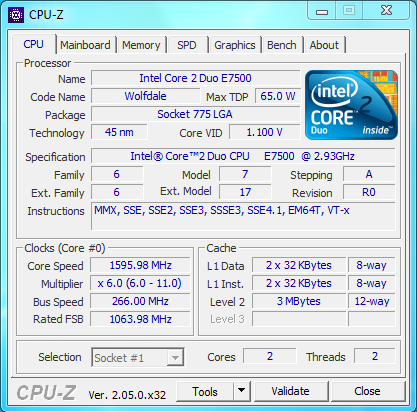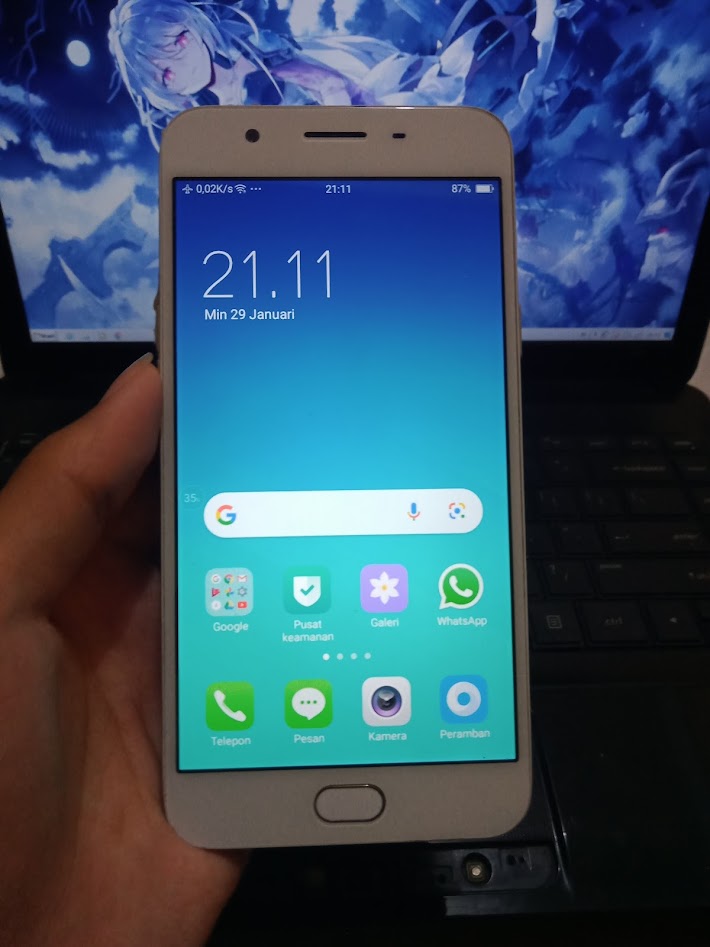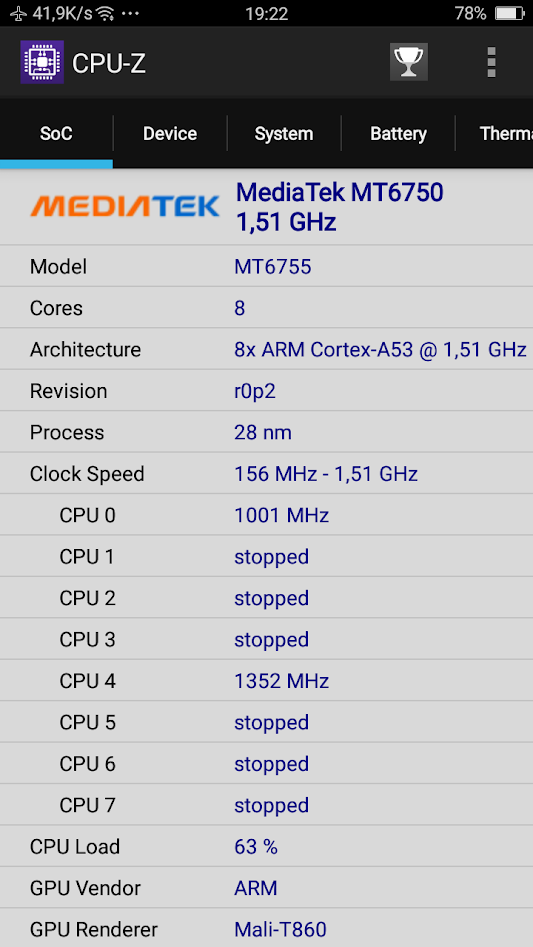Comparing: MediaTek MT6750 vs Intel Core 2 Duo E7500
In this comparison, we analyze two Processors: MediaTek MT6750 and Intel Core 2 Duo E7500, using synthetic benchmark tests to evaluate their overall performance. This side-by-side comparison helps users understand which hardware delivers better value, speed, and efficiency based on standardized testing. Whether you're building a new system or upgrading an existing one, this benchmark-driven evaluation offers valuable insights to guide your decision.

MediaTek MT6750
| Type: | Processors |
|---|---|
| Brand: | MediaTek |
| Model: | MediaTek MT6750 |

Intel Core 2 Duo E7500
| Type: | Processors |
|---|---|
| Brand: | Intel |
| Model: | Core 2 Duo E7500 |
Specification Comparison Table
This specification comparison presents technical details of several devices or components to help you understand the key differences between each option. Use this table as a reference to determine which device best suits your needs.
| Specification | MediaTek MT6750 | Intel Core 2 Duo E7500 |
|---|---|---|
| Architecture | ARM | x86 |
| Technology | 28 nm | 45 nm |
| Clock | 1 GHz - 1.5 GHz | 2.93 GHz - - |
| Core/Thread | 8 / 8 | 2 / 2 |
| Segmen | Mobile | Desktop |
Submission Comparison Table
This submission comparison table displays the number and details of benchmark data submissions from various devices or components. This information helps you understand the performance based on the benchmarks that have been tested, as well as providing an overview of the consistency and popularity of the available benchmark results.
| No. | Benchmark Software | MediaTek MT6750 | Intel Core 2 Duo E7500 |
|---|---|---|---|
| 1 | Geekbench3 - Multi Core |
1999 marks |
2862 points |
| 2 | Geekbench3 - Single Core |
602 marks |
1558 points |
Submission Comparison Chart
This chart visualizes the benchmark scores comparison between two hardware devices based on submitted data.
Media Gallery
A collection of photos of tested hardware. These images can help you identify the physical form, model, and variant of the hardware in question. These photos are from our own documentation, and if they are not available we may not be able to document them.
About Hardware MediaTek MT6750
The MediaTek MT6750 is a mid-range mobile System-on-Chip (SoC) released in 2016, commonly found in budget-friendly Android smartphones. It features an octa-core CPU based on the ARM Cortex-A53 architecture, arranged in a big.LITTLE configuration — 4 cores clocked at 1.5 GHz for performance tasks and 4 cores at 1.0 GHz for power efficiency.
Manufactured using the 28nm process, the MT6750 supports a range of mid-tier features such as HD (720p) display output, up to 16MP camera support, and 4G LTE Cat. 6 connectivity. While adequate at the time of release, the 28nm node results in higher power consumption and less efficiency compared to newer SoCs built on smaller processes like 12nm or 7nm.
The integrated Mali-T860 MP2 GPU offers modest graphical performance, capable of handling light gaming, video playback, and everyday apps like messaging and browsing at low to medium graphics settings.
While not designed for heavy multitasking or modern games, the MT6750 still delivers acceptable performance for basic smartphone use, especially in devices with good RAM and storage configurations.
Hardware Detail:
Device: OPPO F1s/A59m (Refurbish)
RAM: 4GB
Storage: 32GB
OS: Android 5.1
Friday, 19 November 2021 16:41:45 | Update: 1 month ago
About Hardware Intel Core 2 Duo E7500
The Intel Core 2 Duo E7500 is a desktop processor released in 2009, based on the Wolfdale architecture, which is part of Intel’s Core 2 Duo family. It features 2 cores and 2 threads, running at a clock speed of 2.93 GHz, and operates with a 1066 MHz Front Side Bus (FSB).
Manufactured using 45nm process technology, the E7500 has a TDP of 65W, which was considered energy-efficient for its time. However, this processor does not support Hyper-Threading or Turbo Boost, meaning its performance is limited to strictly single-threaded and basic dual-threaded applications.
In terms of modern computing standards, the Core 2 Duo E7500 is outdated and performs well below current entry-level processors. Despite this, it can still be useful in legacy systems for light workloads such as basic web browsing, office documents, and 480p–720p video playback, especially when paired with a lightweight operating system.
Thursday, 09 March 2023 02:31:57 | Update: 1 month ago


